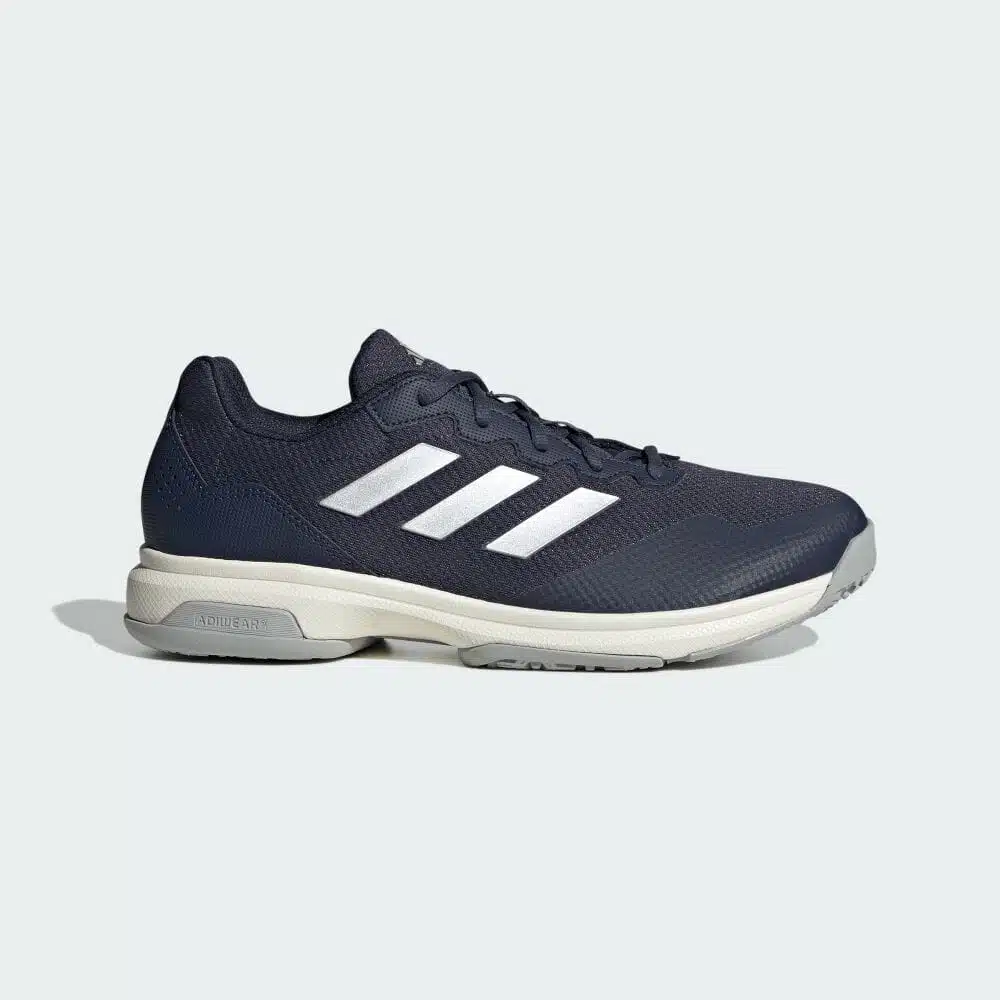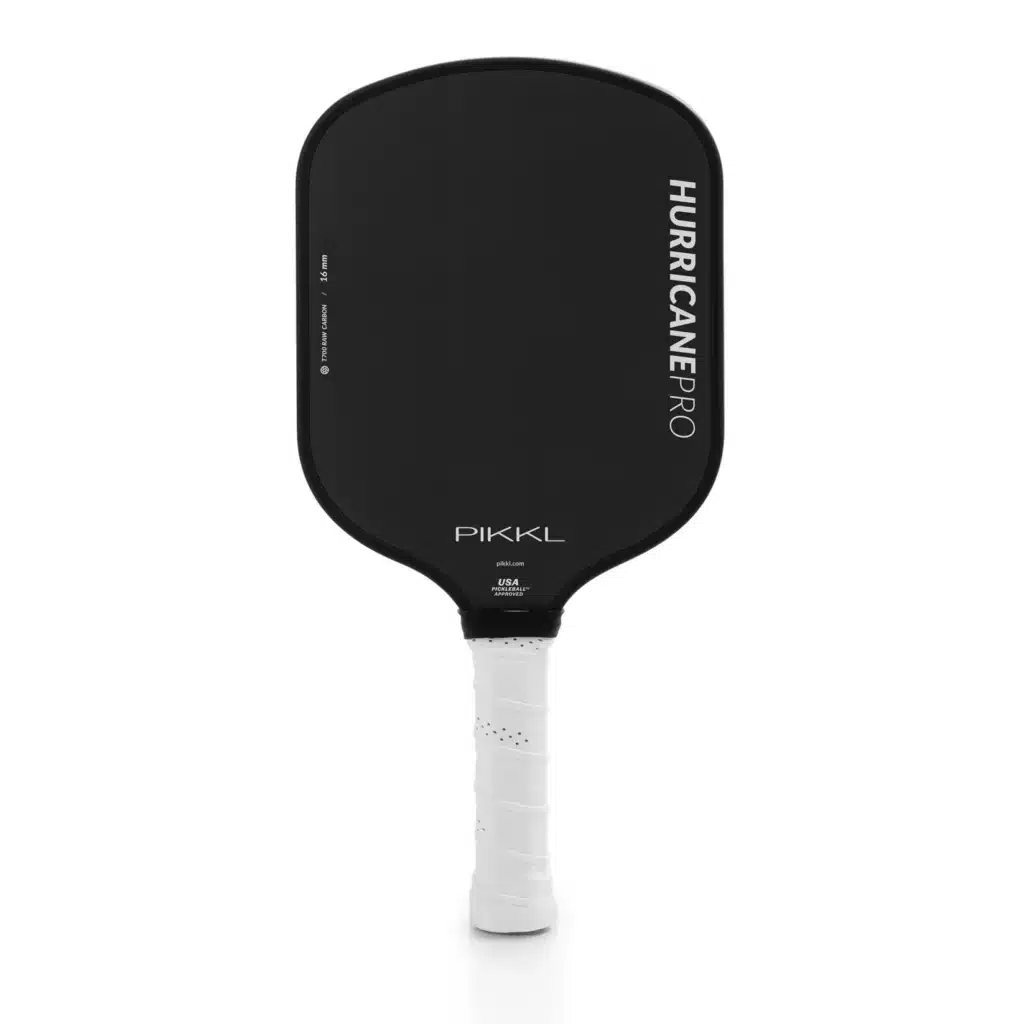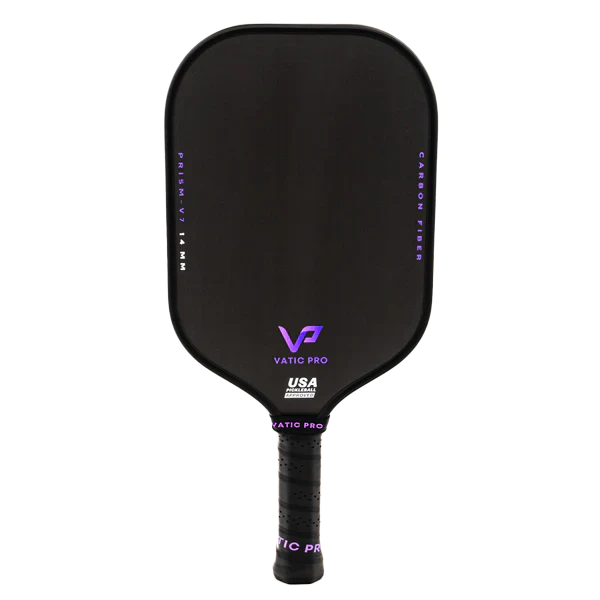Recently, a bunch of my badminton friends have been exploring pickleball. I dismissed it at first assuming that it was a less intense version of badminton… and I love the intensity.
But as fate would have it, I moved to a different apartment and found myself with easier access to pickleball than badminton courts. I figured I might as well try it out to see what all the fuss was about.
After researching pickleball paddles, I realized that finding the right one is just as confusing as finding the right badminton racket… so much so that I gave up making sense of it at first.
Instead, I got a dirt cheap pickleball set with four balls and two paddles, and I was off to the races.
After playing for a while I can see why people get hooked.
It’s almost as fun as badminton but less taxing on your body, meaning there’s a lower risk of injury and it’s easier to get started with. Friends have also pointed out that in certain countries it’s much easier to book courts.
I still enjoy badminton more since you can’t let the ball bounce if you’re late to it. The added intensity is special. But when it comes to staying competitive and limiting injury as I get older, pickleball sounds appealing. Ultimately, it allows me to play more hours throughout the year.
If you’ve gotten curious about pickleball too, you’ve come to the right place.
This guide is specifically meant for regular badminton players and covers the most important differences you’ll need to remember when trying pickleball for the first time.
That means I won’t be covering all the pickleball rules or all the technical details about gear since it’s similar enough for badminton that you won’t be starting from scratch, even if it’s your first time playing pickleball.
Instead, I’ll summarize the most important differences, so you can build upon what you already know from badminton and get 85% of the way with just this guide.
Table of Contents
Let’s begin with your advantages in pickleball as a regular recreational badminton player.
Get a head start with your badminton skills in pickleball
In badminton, we have slice shots which become spin shots in pickleball. In terms of different shots, that’s probably the most important one. Other than that, your badminton stroke skills will feel similar during your first few games of pickleball.
If you’re anything like me, I bet you enjoy sneaking in a good stop drop from the backcourt to surprise your opponents in badminton.
In pickleball, that shot loses its effectiveness because the ball can bounce once. The extra time your opponent gets to reach the ball is often enough to stay in the rally.
On the other hand, even though the timing when hitting the ball is different, there seems to be a general consensus that badminton players dominate overhead shots (like jump smashes) in pickleball.
When it comes to footwork, it feels like there are plenty of similarities between badminton and pickleball.
I’m not skilled enough to give a thorough technical comparison, but your badminton footwork will be plenty for trialing pickleball. If your friends don’t have racket sports experience you have a meaningful advantage right from the start, even if your footwork isn’t Lee Chong Wei style.
With that in mind, let’s look at the most noticeable rule differences between the two sports.
Pickleball for badminton players: the two critical rules to remember
First off, there are plenty of similarities between the rules in badminton and pickleball. If you’re looking to get started quickly to feel things out, badminton rules aren’t too far off and a fine place to begin.
If you wanna take it a step further, let’s look at the main tweaks you’ll need to get used to.
The differences in counting points and serving
Most of the service situation will feel similar to badminton. Start on your right hand side (even points) and move to the left hand side when you win a point (uneven points).
You have to serve diagonally (cross) into the service box like in badminton, and the ball has to bounce one time on your opponent’s side and once on your side before you can hit it right out of the air (once when serving and once on returning the serve).

A good place to start is with the underhand serve and keeping it below your hip area, similar to in badminton. To make it easier you can drop the ball and let it bounce once before hitting it (dropping it, not throwing it to increase the bounce).
You’ll serve and receive from the backline, and in doubles, you’ll typically have your partner standing closer to the net while you’re serving (like in tennis).

In terms of counting points, pickleball is similar to the old-school badminton rules: you’re only able to score points after winning the serve (so you don’t get points for winning the serve). In doubles, both partners serve before it’s the other team’s turn.
Personally, I’ve found it more fun to play with standard badminton points (a point on every rally) when all players are new to pickleball.
In pickleball, you win a game by getting 11 points, but at 10-10 you have to win by two points, just like you know from badminton.
Net play isn’t as confusing as it appears
The area around the net is called “the kitchen”. There, you can’t hit the ball before it has bounced on your side (meaning you can’t hit it right out of the air).

That means if you want to hit it before it bounces in the kitchen, you have to stand behind the kitchen line while hitting the ball.
In this situation, if you become unbalanced and “fall” into the kitchen you’ll cause a fault and lose the point… even if the rally has ended (but in doubles your partner is allowed to pull you back to save the point).
Otherwise, you can go into the kitchen and hit the ball after it has bounced (you could even stand in the kitchen all day long if you wanted to, but you can’t hit the ball before it bounces if your feet are in the kitchen area).
There are other rule differences between badminton and pickleball, but these are the most important ones to remember when you’re starting out.
Beginner pickleball gear for badminton players
There are some obvious things you and I have to discuss in terms of rackets, strings, and paddles, but let’s get the shoes out of the way first.
Pickleball shoes (can you use badminton and tennis shoes?)
Pickleball comes in both indoor and outdoor variations. For indoor play, your badminton shoes will be fine.
For outdoor play, they’ll be ok for a while. The softer outsole will wear down quicker than on badminton courts so you’re making a sacrifice (think: the durability might go to half compared to on badminton courts). I’ve enjoyed playing in my badminton shoes more than my running shoes, but I’m afraid of wearing them out too quickly.
Pickleball-specific shoes exist, but for many of us, standard tennis shoes (or ‘all court’ shoes) will do. Both shoe markets are more developed than that of pickleball shoes, meaning they are more widely sold, more likely to have a good deal, and often easier to get if you’re using an odd size.
(For sizing, use JPY or measure your foot in cm/inch while wearing socks. That’ll be the same across sports and shoe brands. Remembering shoe sizes for each brand is a waste of your time.)
I’ve noticed some newer (or high-end) courts requiring non-marking shoes even for outdoor pickleball play, which means that your badminton shoes will do. This appears to be rare, but it’s worth looking up when you know which court you’ll be playing at to avoid getting rejected.
Unlike badminton shoes, I haven’t had a chance to test any pickleball- or tennis-specific shoes. This sheer amount of shoes available compared to badminton makes this such a headache to find out.
A friend suggested the Adidas Gamecourt 2 as a budget shoe that might do the job if you’re just looking to try out pickleball.
Hey reader, a quick interruption...
I’m experimenting partnering with shops that sell gear. I’ll include links to buy the gear I review and if you do, they’ll pay me a small commission.
That doesn’t change your price and you’ll get more play-tested gear as a result, but I thought it was fair to let you know.
As an Amazon Associate, I earn from qualifying purchases.
Thank you for your support,
Aske

They appear to be widely available and sell for about $60 in many countries (my research suggests that this model has an average width, so they might not be a good fit if you have narrow feet like me). I haven’t found a budget option for narrow feet yet, but I might update this as I do more research.
Next, let’s look at paddles.
Pickleball paddles (and comparable badminton racket specs)
I’m sure you’re aware of just how different factory strings and proper strings on badminton rackets feel with the right tension.
It’s like night and day.
On pickleball paddles it’s even better…
There are no strings!
This makes things much easier, especially if you order online. No more expensive restringing, no extra wait time, and no issues finding a shop carrying your favorite strings.
We’re already off to a good start.
Badminton rackets have a bunch of different specs with the most important one for beginner and intermediate players being the shaft flexibility.
That same stiffness isn’t comparable to pickleball paddles. Instead, we have specs like the paddle thickness and surface material that can help beginners similar to a highly flexible badminton racket.
These specs (among others) impact the sweet spot on the paddle, which functions the same way as on a badminton racket: you want to cleanly hit the sweet spot for the ball to go where you aim.
16 inches in paddle thickness is a good place to start for beginners (it’s on the thicker end of the scale for reference).
Paddles made of wood tend not to be recommended, but carbon fiber or fiberglass can help increase the size of the sweet spot, too.
On badminton rackets, another important metric is the weight balance. While power and control are common categories in pickleball paddles too, those are affected by other specs than just the weight balance.
This isn’t the time to geek out on all the details, but the weight balance can be affected by other things, too, like the length of the handle (this can make a head heavy paddle feel less heavy to play with).
My point is that while it does make a difference, it doesn’t feel like as much of a difference compared to badminton rackets.
All of these details might not make much sense until you’ve been browsing paddles for a while, so let me summarize this with a specific recommendation for entry-level beginner players coming from badminton.
Like with badminton, an all around paddle without too much emphasis on power or control is a good place to start.
Being familiar with Li-Ning from badminton, I bought their Hyperpower 20 which is just fine when you’re ready for your first upgrade. It turns out that it’s a power-based paddle rather than an all around option, so I’d consider the following instead:
Pikkl Hurricane Pro 16MM (not the most affordable, but is reported to have a large sweet spot which is useful for beginners).

Vatic Pro Prism 16MM (I’ve noticed this mentioned as good value for money many times).

I haven’t tested these so take this with a grain of salt.
That being said, a cheap paddle set is a great starting point if you have a friend in the same situation as you.
Here, I suggest the following pickleball paddle set with two paddles and four balls. It looks exactly like the set I have, and it gets the job done when you’re just trying out the sport with a friend.

Keep in mind that the balls appear to be indoor ones, but they’ll get the job done just fine at first, even if you’re outdoors.
You won’t appreciate a nice paddle until you have a reference point first, but the joy of upgrading later will be worth it!
Grips on pickleball paddles work the same way as on badminton rackets and you can use those as well. I’ve equipped one of my rackets with a badminton PU grip while putting a towel grip on another as an experiment.

Let’s move on to the balls.
Pickleball balls (outdoor vs indoor)
Next, we’ll have to get some pickleball balls too.
There are two overarching categories: indoor and outdoor balls. Indoor balls tend to be slightly smaller, with fewer holes, and often don’t need to be as durable since they don’t get beat up as much by the environment compared to outdoor play.
Outdoor pickleballs often have 40 holes, are a touch bigger, and are more suitable for the rougher court surface.

I’ve had a good experience with Li-Ning’s PZ40, but they don’t seem to be widely available and easy to get, so these Franklin ones appear to be decent too.

Pickleball dress code: what to wear
In terms of dress code, most players wear the same as they would while playing tennis or badminton (consider bringing a cap or sunglasses if you’re playing outdoors and get bothered by the sun).
Summary
Ultimately, badminton and pickleball are quite similar in terms of technique, rules, and even partly the gear. Enjoy your time on court and consider leaving a comment below if you have suggestions for other similar content you’d like me to cover.
2 comments
Really cool that you’re trying out pickleball too. It’s literally the same situatuion as me with my friends currently. We all started pickleball this new year and it’s pretty fun, but doesn’t quite scratch the same itch I have when playing badminton, I would say it’s like 80% the amount of fun I have compared to badminton. Where I’m from though pickleball’s popularity is really growing, the fact that it can easily be played on outside courts is a huge contributing factor in my opinon. I know some people play badminton outdoors but I think that’s a very small minority.
Cool to hear – are you gonna continue to play badminton or are you thinking of switching?
I’m currently playing both and find that my timing can be off so it takes a little while to adapt. But the difference in pace is fun as I’m less tired from pickleball